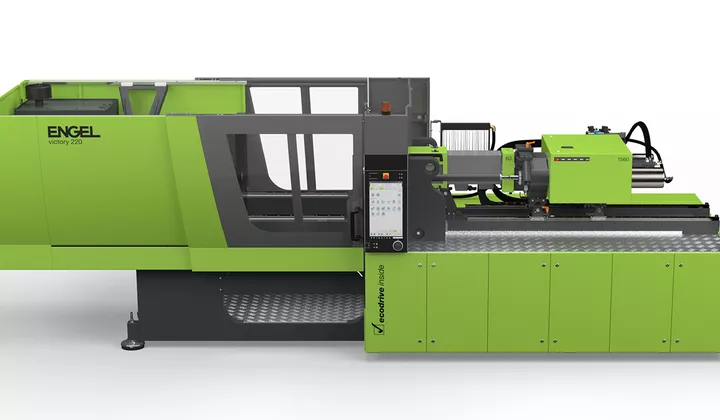An Omprovement in Production Technology will
Three Ways to Lower Production Costs With an Improvement in Production Technology
If an improvement in production technology occurs, the supply curve shifts to the right and the equilibrium price rises. In other words, an improvement in production technology will lead to a reduction in the cost of production. This in turn reduces the cost of inputs and means more workers and less machinery. In addition, an improvement in production technology will reduce the cost of labor. As a result, more workers are required to produce goods.
Reduced cost of production

Technological advancements can lower the cost of production by a great deal. When new technologies are developed, the supply curve shifts to the right. A good example of this is the Green Revolution, which focused on breeding improved seeds for basic crops such as wheat. By the 1990s, two-thirds of wheat grown in low-income countries had been cultivated using these improved seeds, and harvests were twice as high per acre as those from traditional seeds. Technological advances will continue to reduce the cost of production in the future.
In order to minimize the cost of production, firms must determine the best combination of physical capital and labor. Economies of scale refer to the fact that as production scales, costs become variable and decrease as output increases. For example, if it costs a company $40 to hire one worker and $50 to operate a machine, it is in its best interest to use the most efficient production technology for its product.
Less expensive inputs
As more inputs become more expensive, companies will turn to technology that enables them to produce more output with the same inputs at a lower price. The result is that the production cost will drop. These technologies will benefit multinational employers. However, they will still need to find ways to compete against less expensive alternatives. Here are three ways to lower production costs:
More workers

The future of work is changing, and an improvement in production technology will mean more jobs. This will increase manufacturing productivity, and the cost of labor will decrease, fostering industrial growth. It will also change the demographics of the workforce, as more skilled workers will be available to do the same job. This will improve competitiveness for companies and regions. The next system of production will be more advanced, but it will be difficult for workers to make the transition.
The recent report from the World Bank indicates that the number of workers in the manufacturing industry has risen to a record high. This is a strong indication that manufacturing has rebounded along with the economy. This recovery is due in part to technology. Automation has begun to creep into many sectors. Some restaurants have begun using robots to deliver food, while others have deployed self-order kiosks. Other states are testing driverless cars, while Amazon has 15,000 robots working alongside human employees.
Less machinery

The rise of manufacturing technologies such as automated production lines has the potential to revolutionize the way we make products. They can produce more products in less time and maximize the supply chain. These technologies also eliminate human errors and foster a safer workplace. They are also capable of detecting potential risks and errors in production processes. By reducing the number of human errors, automation systems can improve the production process and boost the profitability of manufacturing companies.
This change will impact global production, productivity, and labor markets. It will benefit both developed and developing countries. This new system will allow production in smaller factories and shorter runs, increasing productivity and reducing labor costs. It is also expected to increase reshoring to higher-wage nations. This development will be welcomed by economists and policymakers around the world. While there are risks associated with this shift, it is a positive development for the global economy. It will enable faster productivity growth, higher spending, and localization. In the process, this new system will not lead to higher structural unemployment or decreased labor incomes. Rather, it will lead to higher productivity and a significant share of the benefits.
Shift supply curve to the right
If the price of a resource increases, then the costs of production increase as well. When production costs increase, the producer can’t offer the same quantity at the same price. He must raise the price to cover his costs. This process shifts the supply curve to the left, as he is forced to increase his prices to compensate for increased costs. For example, the price of wheat increased dramatically in the 1990s, when two-thirds of the world’s wheat was grown using the Green Revolution seeds. And, harvests were twice as high per acre. Improvements in technology will shift the supply curve to the right, too.
As production technology improves, the cost of production goes up. This causes the price of pizza to rise. If the cost of production goes up by $0.75, the price will rise. The point on the supply curve will be $0.75 higher than the original point, and the demand curve will shift to the left. In other words, a firm’s production costs increase, but its price stays the same. Therefore, the supply curve will shift to the right, resulting in a leftward shift.
Another way in which the price of a product or service will change is by improving production technology. When the cost of production falls, a supplier will be more willing to offer their goods and services at any price. This shift in the supply curve to the right means that the quantity produced will increase. If the price of a product increases, the supply curve will follow suit, shifting to the right. The quantity supplied at each price level will decrease.

